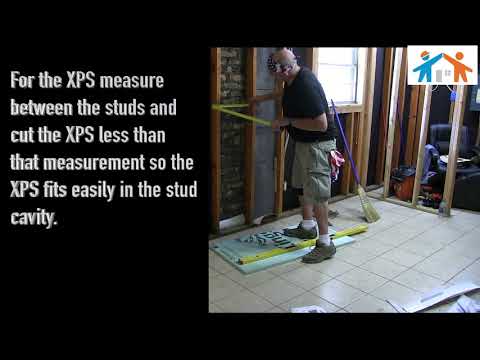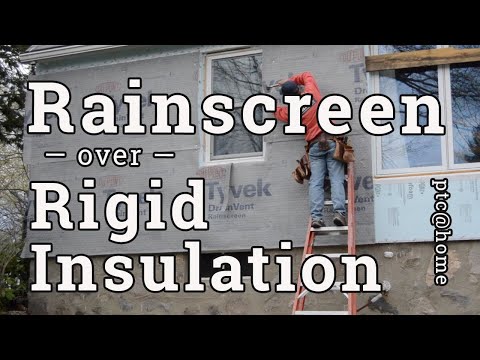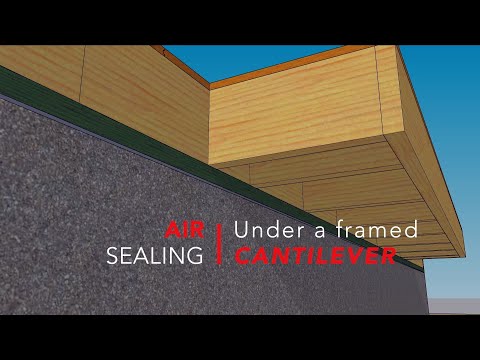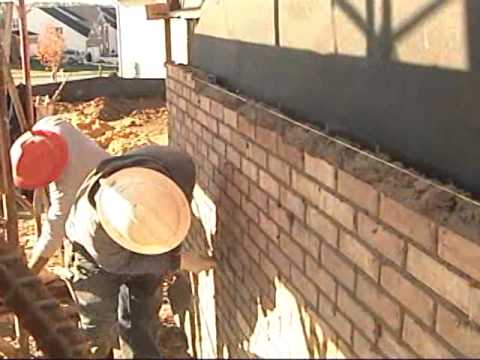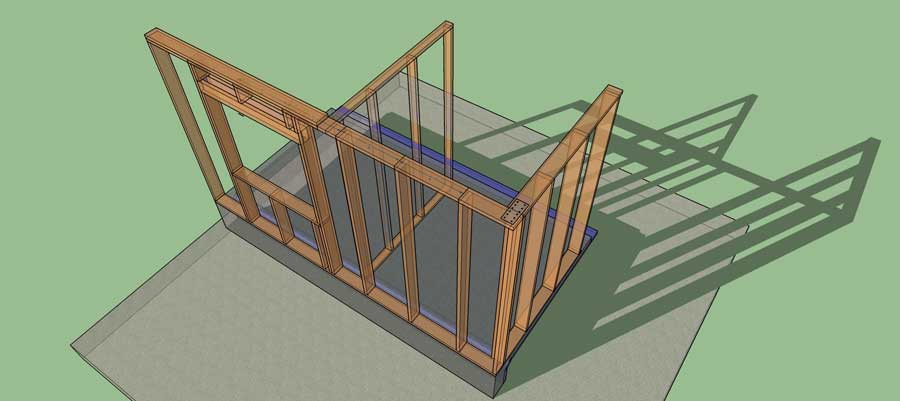A retrofit solution that works great for a low-skill workforce—like volunteers
When houses flood, they don’t just get wet. They get dirty because there is a lot of muck in flood water.
Not only should you remove the floor and wall coverings, but the exterior sheathing needs to go, too, because that can muck up your indoor air.
Step by step flashing installation details:
- One way to retrofit base flashing in an existing brick wall is with pieces of vinyl coil stock, bent to deflect water away, and cut to fit between the studs.
- As long as the drainage layers behind the brick are overlapped correctly, any water getting in will drain down and out.
- One way to provide a continuous drainage plane is with pieces of rigid foam, cut about a half-inch smaller than the cavity, and pushed against bumps of mortar.
- The panels are held in place with low-expansion foam.
- These panels form a drainage channel, allowing water to run down and out.
- The edges of the foam should be sealed with canned foam or sealant. It is important to seal all gaps.
Fill in the rest of the wall, and you can cover it with non-paper faced drywall, and with any luck, the next flood repair will be much less invasive.
—This floor retrofit solution comes from Bill Robinson, Train2Build, who moved to New Orleans after Hurricane Katrina to help in the rebuilding effort. He never left.
